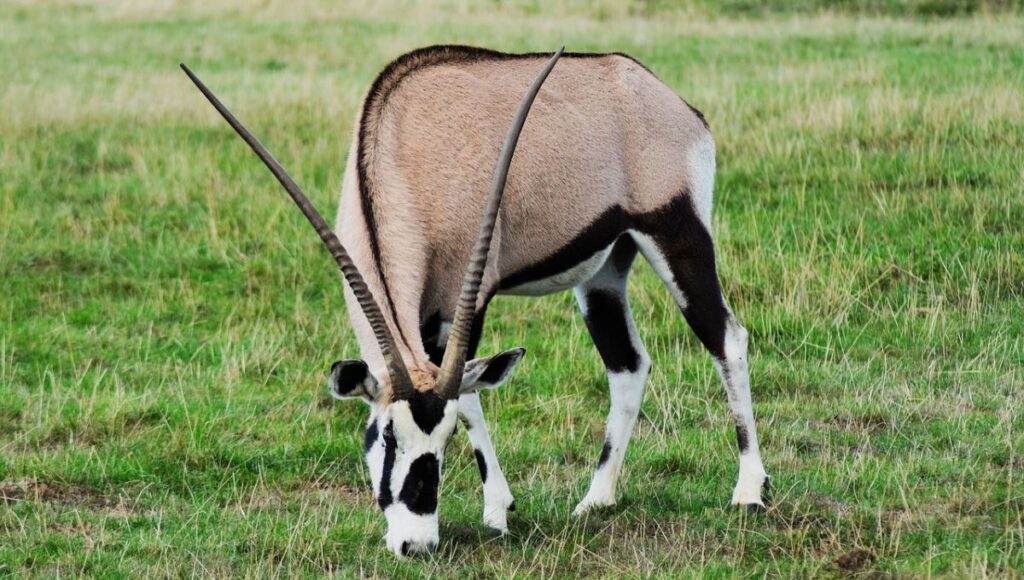From the majestic African antelope to the rugged American bison, horned animals have fascinated humans for centuries.
These impressive appendages, which can serve as tools for defense, attraction, and survival, are as varied as the creatures that wear them.
In this blog post, we’ll delve into the world of animals with horns, exploring the different types, their functions, and some of the most notable horned animals on Earth.
Understanding Horns:
Horns are permanent structures that, unlike antlers, do not shed annually. They are typically found on members of the Bovidae family, which includes bison, buffalo, antelopes, and goats.
Made of a core of bone that arises from the skull, horns are covered in a sheath of keratin—the same material that makes up human fingernails and hair.
The Purpose of Horns:
Horns serve various purposes that are essential for survival:
- Defense: Many animals use their horns as weapons against predators or rivals. For example, the horns of a buffalo are used effectively against lions.
- Attracting Mates: Horns can be a sign of health and virility, often used in mating displays to attract partners.
- Foraging Tools: Some animals, like the rhinoceros, use their horns to dig for water or to break apart woody vegetation for food.
Notable Some Animals with Horns:
Here are some of the most iconic horned animals from around the globe:
African Buffalo:
Known for its robust build and formidable horns, the African buffalo’s curved horns are thick and widely set and can span up to a meter across. These horns are used for defense and are effective in deterring most predators, including lions.
Markhor Goat:
The markhor possesses some of the most spectacularly twisted horns of any species. Found in Central Asia, their horns can grow up to 1.6 meters long and are used by males to compete during the mating season.
Rhinoceros:
The rhino’s horn is unique because it’s made entirely of keratin and grows from the skin rather than the skull. Rhinos use their horns for defense, intimidation, and to dig up roots and break branches.
Bighorn Sheep:
Native to North America, the bighorn sheep have large, curved horns that spiral back from their heads. These horns can weigh up to 14 kilograms, which is more than all the bones of their body combined. Rams use their horns as weapons in dramatic clashes that echo across the mountains during mating seasons.
Texas Longhorn:
The Texas Longhorn cattle are famous for their exceptionally long, curved horns which can extend up to 2.1 meters from tip to tip. Originally brought by the Spanish, these cattle are now a symbol of the Old West.
Gemsbok:
A striking feature in the arid regions of Southern Africa, the gemsbok has long, straight horns that can be nearly 1.2 meters in length. Both males and females possess these horns, which they use skillfully for defense from predators.
Conservation Challenges:
Unfortunately, many horned species are at risk due to human activities such as habitat destruction, hunting, and poaching.
Rhinos, for instance, are critically endangered primarily because their horns are highly valued in illegal wildlife trade.
Conservation efforts are crucial to ensure that future generations may also witness the grandeur of these incredible animals.
Educational and Ecological Importance:
Horned animals play a vital role in their ecosystems. They help manage vegetation and serve as prey for predators, and some, like the bighorn sheep, are important cultural symbols and draw for wildlife tourism, which supports local economies.
Conclusion:
Horned animals are among nature’s most splendid creations, offering a glimpse into the complexity and diversity of evolutionary adaptations. Their horns speak of ancient battles for survival, carried on their heads like crowns. As we learn more about these magnificent creatures, it’s clear that they deserve our respect and protection. Let’s appreciate and conserve these animals, ensuring they continue to thrive in their natural habitats for years to come.

